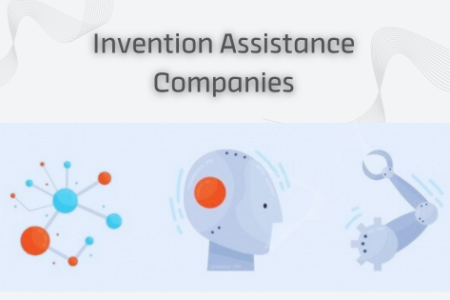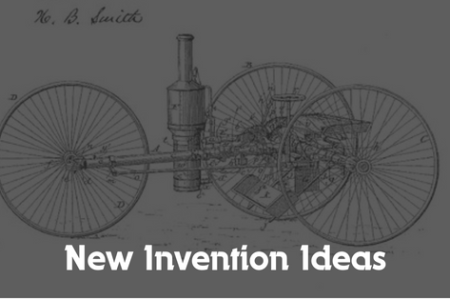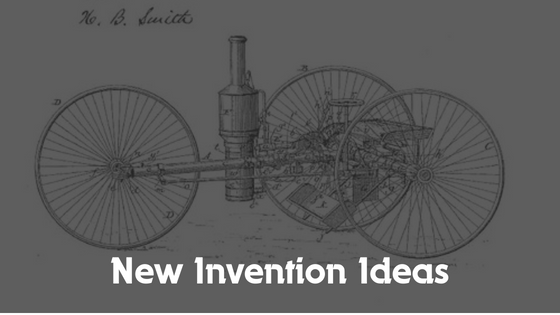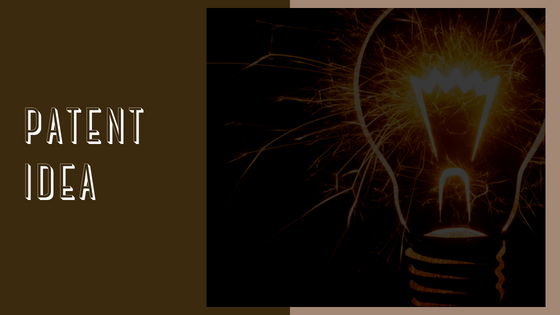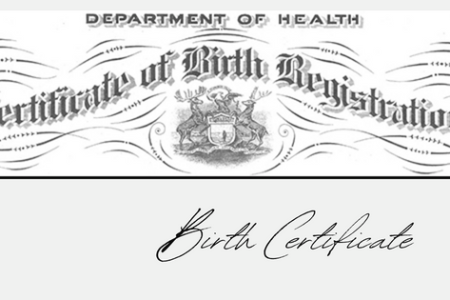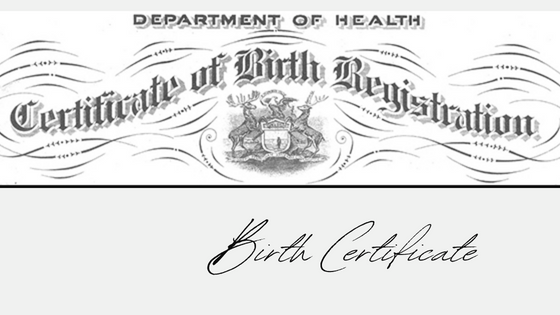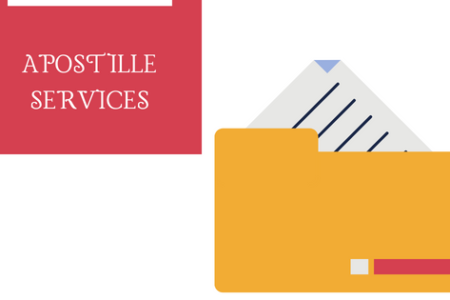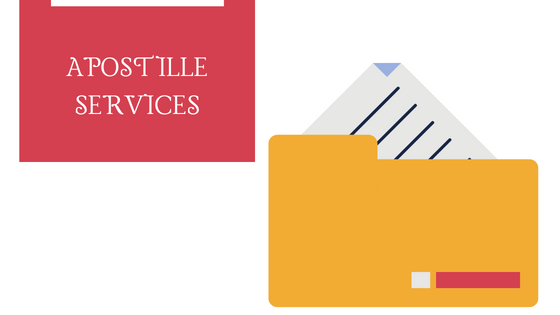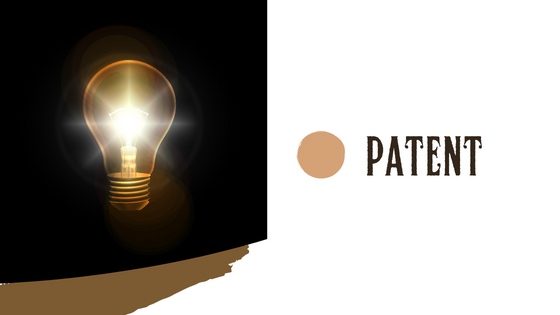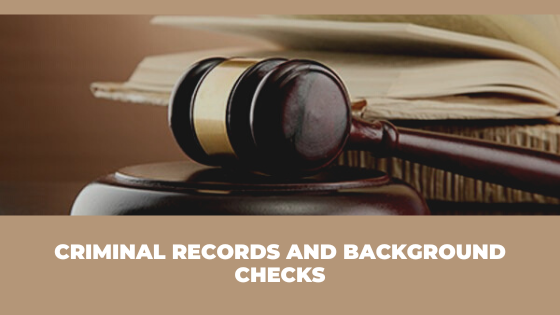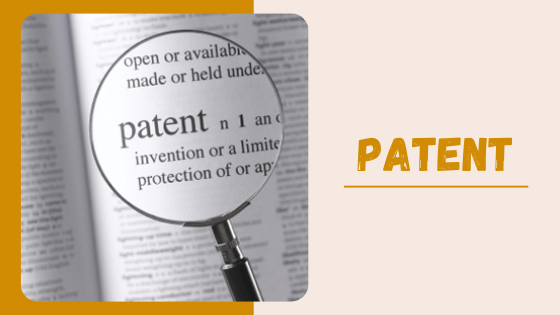In the labyrinthine journey of bringing an invention from concept to marketplace, budding inventors confront a plethora of challenges. These range from idea validation and prototype development to patenting and marketing. In this context, InventHelp emerges as a guiding light, offering comprehensive assistance through these hurdles. Here are some important facts and key questions about InventHelp and innovative hacks, that can significantly bolster the prospects of novice inventors.
1. Idea Validation Process
Idea validation is a crucial first step that can save inventors both time and resources. InventHelp provides an unbiased perspective on the market potential and uniqueness of your invention. By assessing its feasibility, viability, and protectability, InventHelp ensures that your energies are channeled toward ideas with genuine commercial prospects. This impartial assessment is invaluable in weeding out concepts that may not be ready for development or patenting.
2. Leveraging Resource Connections
Navigating the journey from idea to market requires more than just an innovative concept; it demands access to a network of resources. InventHelp excels in connecting inventors with the necessary tools and partners for prototype development, patent filing, and even marketing strategies. Whether it’s finding a manufacturing partner or securing legal counsel for patent application, InventHelp acts as a vital link, streamlining the path to invention actualization.
3. Drawing on Collective Experience
Learning from the triumphs and setbacks of others can provide critical insights for new inventors. InventHelp facilitates access to a repository of experiences shared by other inventors, spanning diverse fields and stages of the invention process. These shared stories can offer practical advice, inspire perseverance, and reveal common pitfalls to avoid, greatly enriching the inventor’s own journey.
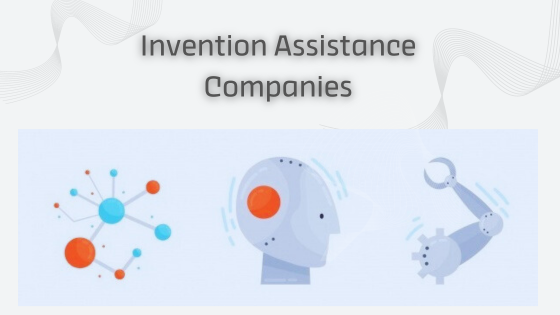
4. Navigating Patent Procedures
Patenting is a complex and nuanced process, one that InventHelp simplifies for its clients. By offering guidance on patent search, application drafting, and filing strategies, InventHelp empowers inventors to secure intellectual property protection efficiently. This proactive approach minimizes the risk of infringement and ensures that inventors fully capitalize on their intellectual property rights.
5. Prototyping Support
A tangible prototype is crucial for attracting investors and moving forward in the production process. InventHelp can assist inventors in developing prototypes that effectively demonstrate the functionality and potential of their invention. This tangible representation can be pivotal in securing funding, partnerships, and ultimately, market success.
6. Marketing Assistance
Bringing an invention to market is as much about effective marketing as it is about innovative design. InventHelp assists inventors in developing comprehensive marketing plans that include branding, market research, digital marketing strategies, and more. This holistic approach ensures that once a product is ready for launch, it reaches its target audience effectively and creates a lasting impact.
7. Mentorship and Support
As explained in InventHelp review on Linkedin – perhaps one of the most underappreciated aspects of InventHelp’s offerings is the provision of continuous mentorship and support. The road from concept to commercialization is fraught with uncertainties and challenges; having access to experts who can offer advice, encouragement, and practical solutions is invaluable. This constant stream of support can make the difference between perseverance and abandonment along the inventive journey.
In Conclusion
InventHelp’s innovative hacks offer a comprehensive toolbox for budding inventors, addressing every aspect of the invention process from ideation to market entry. By partnering with InventHelp, inventors are not merely availing themselves of services but are joining a community dedicated to bringing innovative ideas to life. This collaborative approach significantly enhances the likelihood of success, making InventHelp an indispensable ally for any novice inventor aiming to leave a mark on the world.
